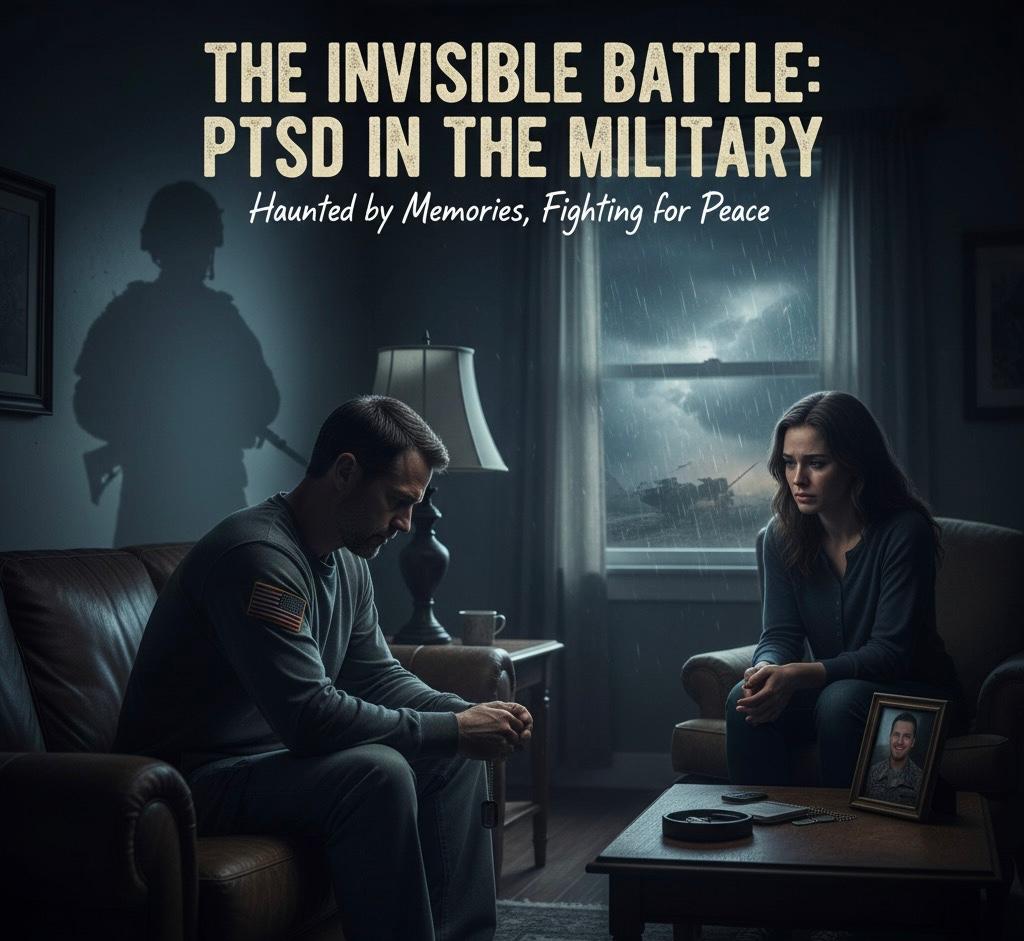Exposure therapy is a psychological treatment method that helps individuals confront their fears, anxiety, and phobias in a controlled and systematic manner. This approach has been extensively researched and is considered one of the most effective treatments for a variety of anxiety disorders. This article explores the principles, methods, benefits, and challenges of exposure therapy, supported by scientific research and expert insights.
Keywords: exposure therapy, anxiety treatment, phobias, mental health, psychological therapy, Australian psychology
Understanding Exposure Therapy
Exposure therapy is a form of cognitive-behavioural therapy (CBT) that involves the gradual and repeated exposure of an individual to the feared object or context without any danger, in order to help them overcome their anxiety (Foa et al., 2007). The underlying principle is that through repeated exposure, the individual will experience a decrease in their anxiety response—a process known as habituation.
Types of Exposure Therapy
There are several types of exposure therapy, each tailored to the needs and comfort levels of the patient.
1. In Vivo Exposure
In vivo exposure involves direct exposure to the feared object or situation in real life. This method is commonly used for phobias and social anxiety disorders (Marks, 1978).
- Example: A person with a fear of spiders may gradually be exposed to a spider, starting from looking at pictures, moving to being in the same room, and eventually touching a spider.
2. Imaginal Exposure
Imaginal exposure involves the individual vividly imagining the feared object or situation. This type is often used for fears and traumas that cannot be recreated in real life, such as PTSD (Rothbaum et al., 2000).
- Example: A trauma survivor may be asked to vividly recall and describe the traumatic event repeatedly.
3. Virtual Reality Exposure
Virtual reality exposure therapy (VRET) uses technology to create a simulated environment where individuals can confront their fears. This method is particularly useful for phobias and PTSD (Maples-Keller et al., 2017).
- Example: A person with a fear of flying might use a virtual reality headset to simulate boarding and flying on an aeroplane.
4. Interoceptive Exposure
Interoceptive exposure is used to treat panic disorder by exposing individuals to the physical sensations of panic in a controlled environment. This helps them learn that these sensations are not dangerous (Craske & Barlow, 2007).
- Example: Exercises might include spinning in a chair to induce dizziness or breathing through a straw to create shortness of breath.
Benefits of Exposure Therapy
Exposure therapy has been shown to be highly effective for a variety of anxiety disorders and phobias.
1. Reduced Anxiety and Fear
Repeated exposure to feared objects or situations helps reduce the anxiety and fear associated with them. Over time, individuals learn to tolerate and eventually overcome their fears (Foa et al., 2007).
- Effectiveness: Studies have shown significant reductions in anxiety symptoms with exposure therapy compared to other treatments (Hofmann et al., 2012).
2. Long-Term Efficacy
Exposure therapy not only helps reduce symptoms in the short term but also provides lasting benefits. Many individuals maintain their improvements long after the therapy has ended (Powers et al., 2009).
- Relapse Prevention: By facing and overcoming their fears, individuals are less likely to avoid situations that could trigger their anxiety in the future (Craske et al., 2008).
3. Improved Quality of Life
By reducing anxiety and fear, exposure therapy can significantly improve an individual’s quality of life. It enables them to engage more fully in daily activities and social interactions (Foa et al., 2007).
- Increased Functionality: Individuals often report improved functioning in work, school, and personal relationships (Hofmann et al., 2012).
Challenges and Considerations
Despite its effectiveness, exposure therapy comes with challenges and considerations that must be addressed.
1. Initial Discomfort
Exposure therapy can be uncomfortable and anxiety-provoking at the beginning. It requires a high level of commitment and motivation from the individual (Foa et al., 2007).
- Therapist Support: A supportive therapist can help mitigate initial discomfort and provide encouragement throughout the process (Craske & Barlow, 2007).
2. Gradual Process
Exposure therapy is a gradual process that takes time. Patience is required from both the therapist and the individual, as rushing the process can lead to increased anxiety and potential setbacks (Marks, 1978).
- Structured Approach: A well-structured approach with clear goals and gradual steps is essential for success (Foa et al., 2007).
3. Individual Variability
Not all individuals respond to exposure therapy in the same way. Some may require additional or alternative treatments to achieve the desired results (Hofmann et al., 2012).
- Personalised Treatment: Tailoring the therapy to the individual’s specific needs and circumstances can enhance effectiveness (Craske & Barlow, 2007).
Conclusion
Exposure therapy is a powerful and effective treatment for anxiety and phobias, offering significant benefits in reducing symptoms and improving quality of life. By confronting fears in a controlled and systematic manner, individuals can achieve long-term relief from anxiety and regain control over their lives. Despite the challenges, with the right support and a tailored approach, exposure therapy can be a transformative experience for those struggling with anxiety disorders.
References
- Craske, M. G., & Barlow, D. H. (2007). Mastery of Your Anxiety and Panic: Workbook. Oxford University Press.
- Craske, M. G., Treanor, M., Dour, H. J., & Olatunji, B. O. (2014). Emotional disorders: A unified approach. The Oxford Handbook of Mood Disorders.
- Foa, E. B., Hembree, E. A., & Rothbaum, B. O. (2007). Prolonged exposure therapy for PTSD: Emotional processing of traumatic experiences: Therapist guide. Oxford University Press.
- Hofmann, S. G., Asnaani, A., Vonk, I. J., Sawyer, A. T., & Fang, A. (2012). The efficacy of cognitive behavioral therapy: A review of meta-analyses. Cognitive Therapy and Research, 36(5), 427-440.
- Maples-Keller, J. L., Bunnell, B. E., Kim, S. J., & Rothbaum, B. O. (2017). The use of virtual reality technology in the treatment of anxiety and other psychiatric disorders. Harvard Review of Psychiatry, 25(3), 103-113.
- Marks, I. M. (1978). Living with fear: Understanding and coping with anxiety. McGraw-Hill.
- Powers, M. B., Halpern, J. M., Ferenschak, M. P., Gillihan, S. J., & Foa, E. B. (2009). A meta-analytic review of prolonged exposure for posttraumatic stress disorder. Clinical Psychology Review, 30(6), 635-641.
- Rothbaum, B. O., Hodges, L., Alarcon, R., Ready, D., Shahar, F., Graap, K., … & Baltzell, D. (2000). Virtual reality exposure therapy for PTSD Vietnam veterans: A case study. Journal of Traumatic Stress, 13(4), 587-593.
How to get in touch
If you or your NDIS participant need immediate mental healthcare assistance, feel free to get in contact with us on 1800 NEAR ME – admin@therapynearme.com.au.







